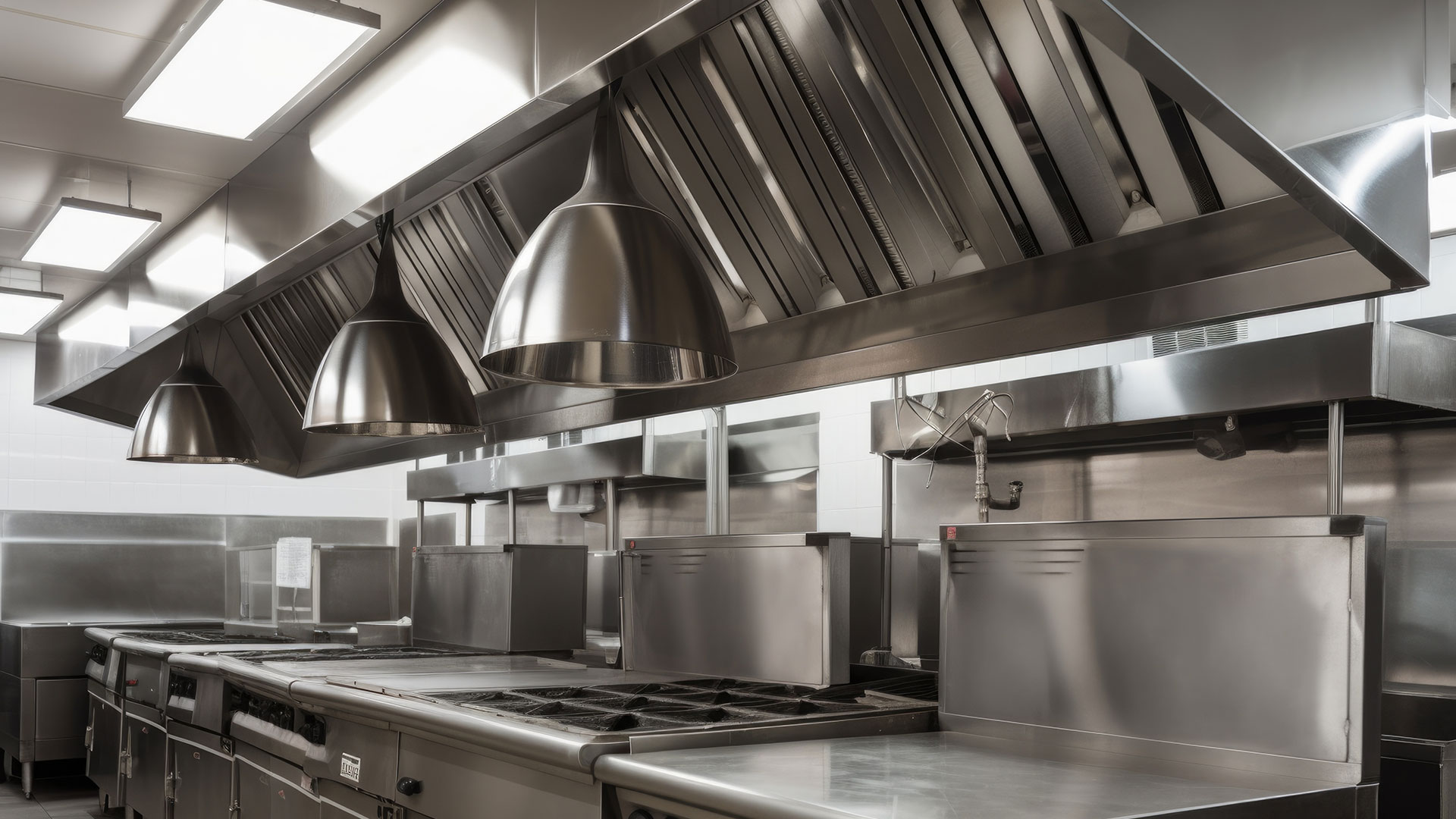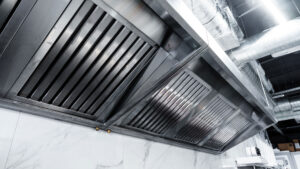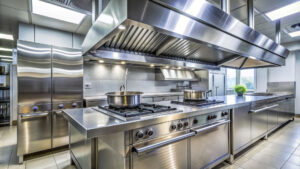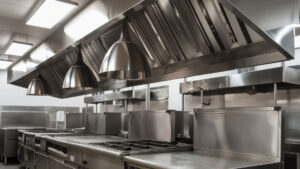In today’s challenging economic environment, getting the maximum life from your kitchen equipment is more important than ever. Understanding how proper maintenance affects equipment longevity can help you make informed decisions about your maintenance investment.
The Cost of Premature Equipment Failure
Equipment failure in a commercial kitchen creates multiple problems:
– Immediate repair or replacement costs
– Lost production capacity
– Menu limitations
– Staff inefficiency
– Potential compliance issues
Impact of Regular Maintenance on Equipment Life
Research shows that properly maintained commercial kitchen equipment can last 30-50% longer than poorly maintained equipment. This translates to significant savings over time.
Ventilation System Components
Exhaust fans typically last 10-15 years with proper maintenance, but may fail in as little as 5-7 years without it. Regular maintenance includes:
– Motor lubrication
– Belt inspection and replacement
– Bearing maintenance
– Cleaning of all components
– Alignment checks
Cooking Equipment
Different types of cooking equipment have varying maintenance needs and life expectancies:
Commercial Ranges
– Expected lifespan: 10-15 years
– Key maintenance: Daily cleaning, burner adjustment, calibration
– Impact of neglect: Reduced efficiency, uneven cooking, shortened lifespan
Fryers
– Expected lifespan: 8-12 years
– Key maintenance: Regular oil filtration, thorough cleaning, thermostat testing
– Impact of neglect: Poor food quality, energy waste, premature failure
Ovens
– Expected lifespan: 10-15 years
– Key maintenance: Door seal inspection, temperature calibration, steam system care
– Impact of neglect: Temperature inconsistency, energy waste, reduced food quality
The Phoenix Factor: Environmental Considerations
Our unique desert environment creates special maintenance challenges:
– High ambient temperatures stress cooling systems
– Dust accumulation affects equipment performance
– Hard water creates scale buildup
– Extreme temperature variations impact system efficiency
Professional Maintenance Versus In-House Care
Understanding what maintenance can be handled in-house and what requires professional service helps optimize your maintenance budget:
In-House Daily Maintenance
– Equipment cleaning
– Basic inspections
– Temperature monitoring
– Filter cleaning
– Basic troubleshooting
Professional Service Requirements
– Complex repairs
– System testing
– Certification requirements
– Major cleaning
– Compliance documentation
Creating a Maintenance Investment Strategy
Smart maintenance investment requires understanding the relationship between maintenance costs and equipment replacement:
Cost Analysis
– Regular maintenance: 2-3% of equipment value annually
– Major repairs: 15-20% of equipment value
– Replacement: 100% of equipment value plus installation
– Lost revenue during downtime: Variable but significant
Taking Action
Protecting your kitchen equipment investment starts with a comprehensive maintenance strategy. Our team can help you develop a customized maintenance plan that:
– Extends equipment life
– Reduces operating costs
– Ensures compliance
– Prevents unexpected failures
– Optimizes performance



